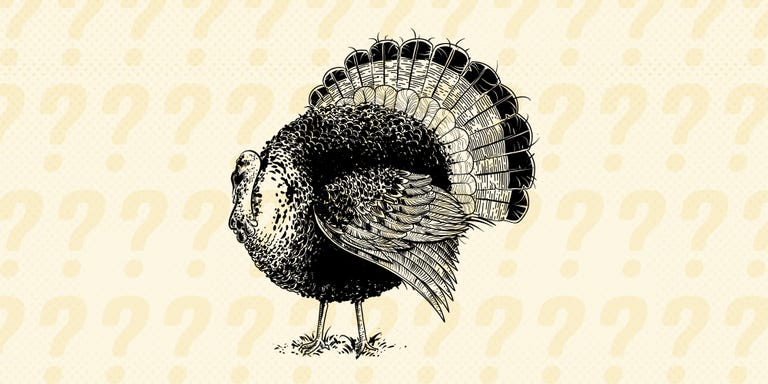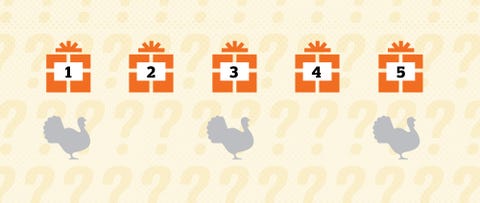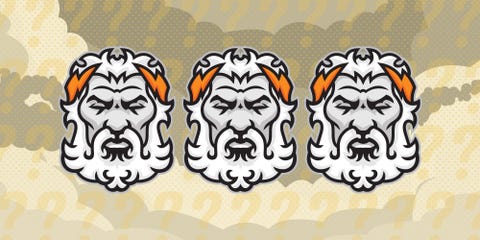Solution to Riddle of the Week: Can You Find the Hiding Turkey?
Difficulty level: Hard
 Betsy Farrell
By Jay Bennett
Betsy Farrell
By Jay Bennett
Tracking the tricky turkey may seem impossible, as it seems the bird could stay one step ahead. However, there is a way to make sure you find that felonious fowl.
Solution
Randomly searching will not guarantee you find the turkey. Neither will checking every box, nor will checking the same box over and over. To find this bird, we are going to have to make some assumptions.
First, for the sake of argument, let's assume the turkey is in an even-numbered box, meaning either box 2 or box 4.
 Betsy Farrell
Betsy Farrell
Let's say you check box 2. If you find the turkey, all is well and good in the world and Thanksgiving can proceed. If not, then you know the turkey must have been in box 4 (again, this is based on an initial assumption that the turkey was in an even-numbered box).
If the turkey was in box 4 on the first day, when you checked box 2, then it must move to either box 3 or box 5 on the second day. So on the second day, check box 3. If the turkey is there, you win. If not, it must be in box 5, and if the turkey is in box 5 on the second day, it must move to box 4 on the third day, and so you check box 4 on the third day and find the turkey.
Now, the above scenario—checking box 2, 3, and then 4—will always let you win assuming the turkey started in an even-numbered box. But, of course, that might not be the case. Now let's look at the scenario if the turkey started in an odd-numbered box—1, 3, or 5.
 Betsy Farrell
Betsy Farrell
If the turkey is in box 1, 3, or 5, then on the second day, it must have moved to either box 2 or 4. On the third day, it must have moved back to box 1, 3, or 5. And on the fourth, the turkey again must have moved to either box 2 or 4.
You can probably sense we've discovered something important here: If the turkey started in an odd-numbered box, then after checking for three days, it must be in an even-numbered box. In other words, if the turkey started in an odd-numbered box, at the start of the fourth day, it must be in an even-numbered box. We now must combine the two scenarios.
First, we know from the first example that if you check box 2 and then 3 and then 4, you will find the turkey if it started in an even-numbered box. Let's say you check 2, 3, and 4 on the first three days, and you do not find the turkey. That means it must have started in an odd-numbered box, which also means that on the start of the fourth day, it must be in an even-numbered box. So, on the fourth day, if you have not found the turkey, you repeat the process, because you know that now it must be in an even box.
So here is the solution: Check box 2 on the first day, then 3 on the second day, and then 4 on the third day. If the turkey was in an even box, you are guaranteed to find it on one of those first three days. If you don't find it, then it must have started in an odd-numbered box, and on the start of the fourth day, it must be in an even-numbered box. So you then check box 2 on the fourth day, then box 3 on the fifth day, and finally box 4 on the sixth day. No matter what, you will have found the turkey.
In short: check box 2 then 3 then 4, and if you do not find the turkey, check box 2 then 3 then 4 again.
 MICHAEL STILLWELL
MICHAEL STILLWELL






